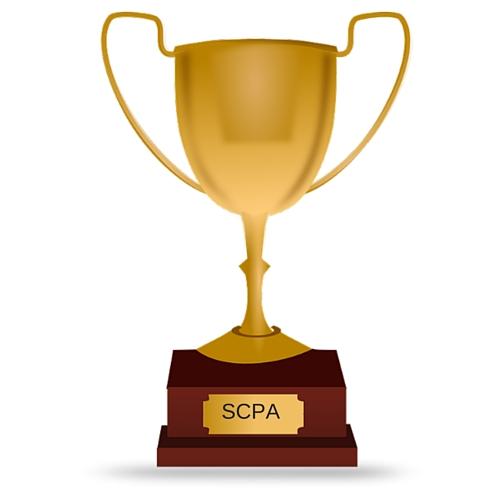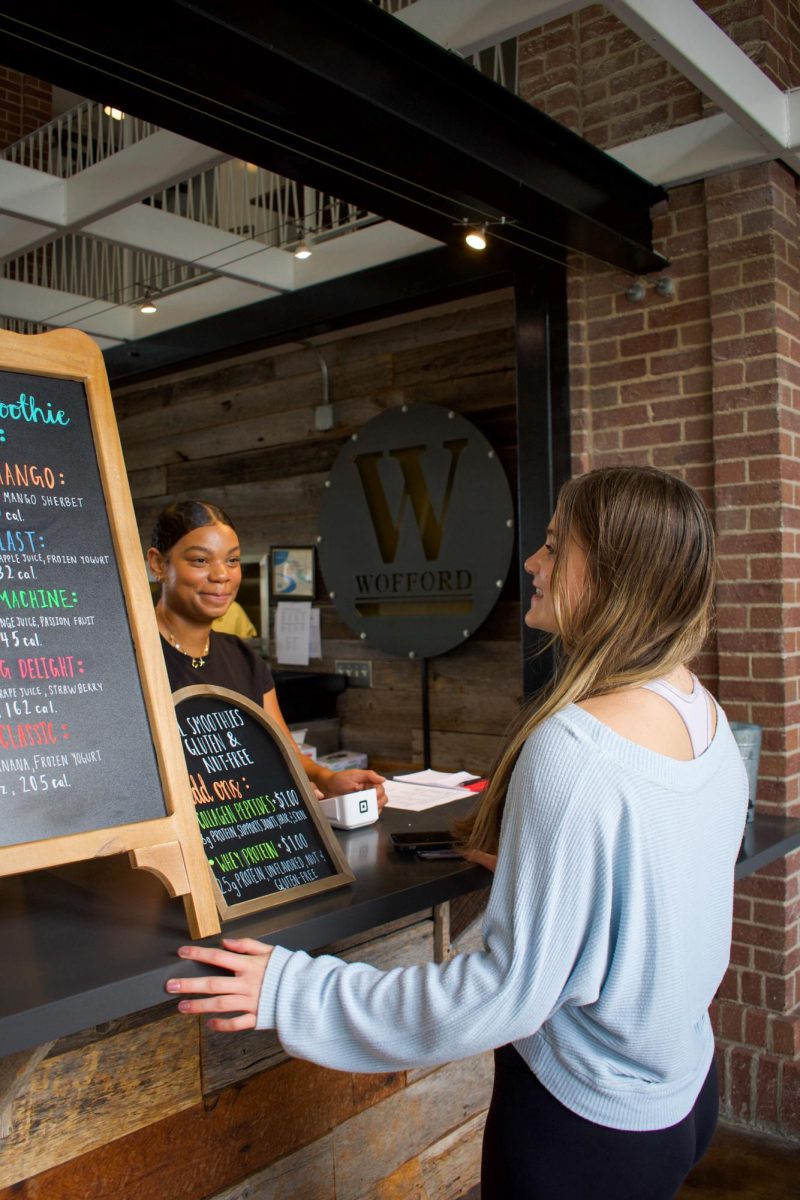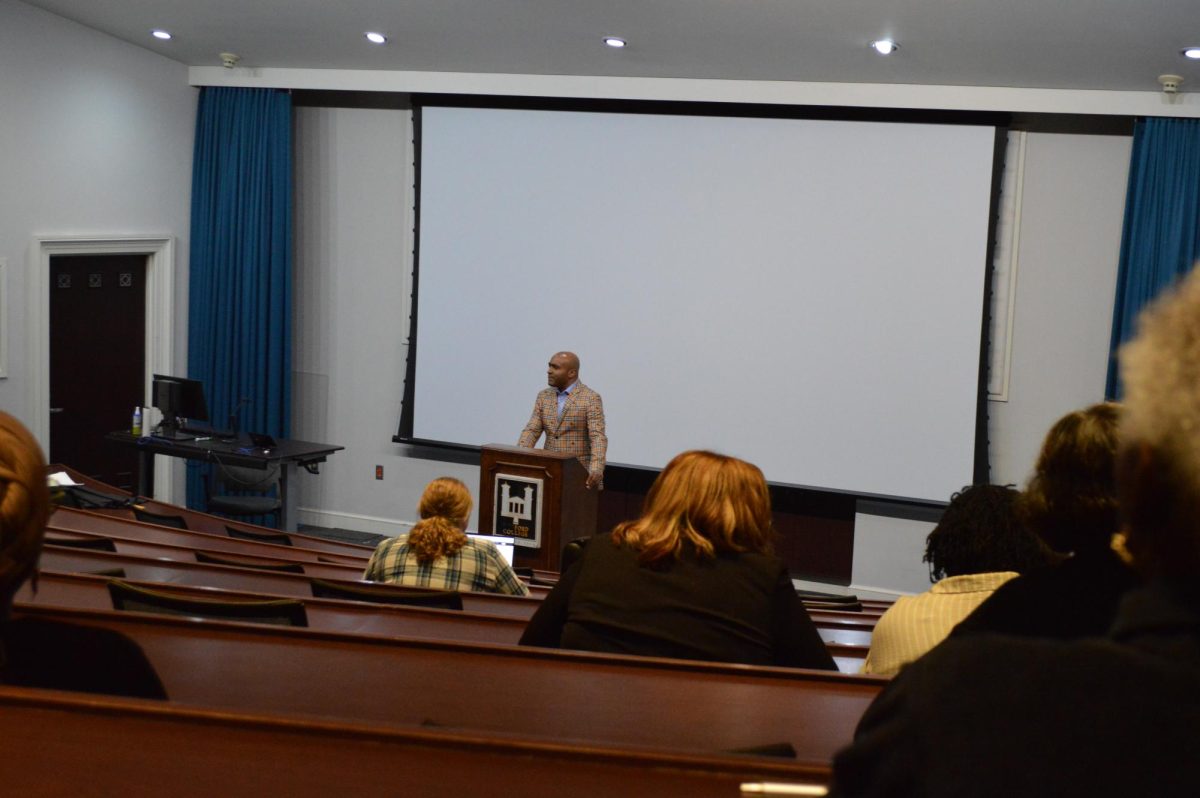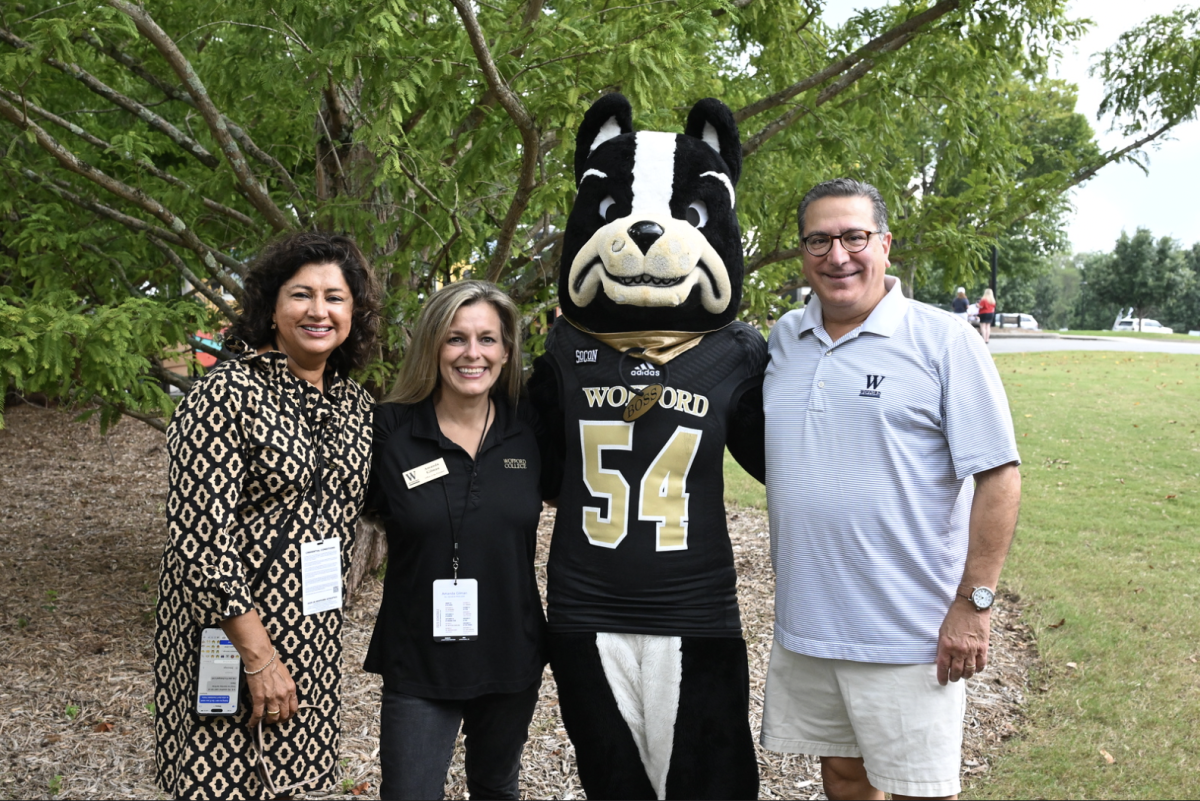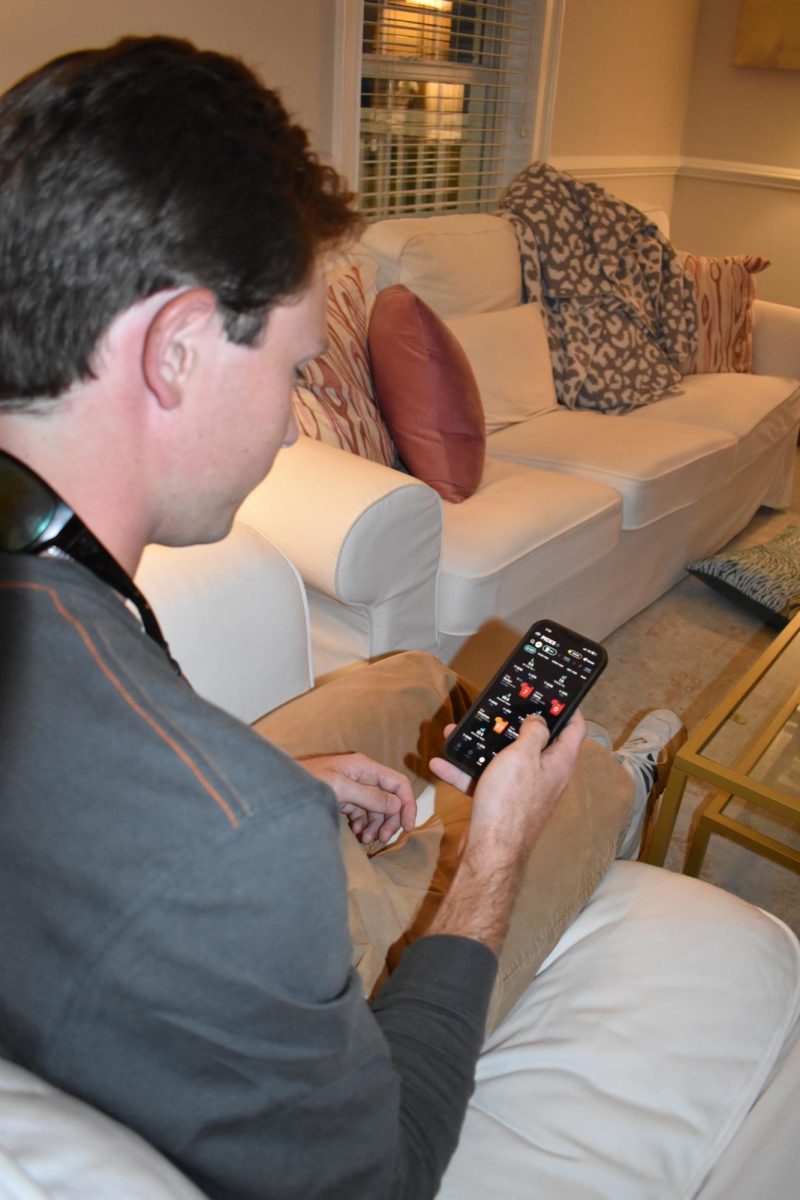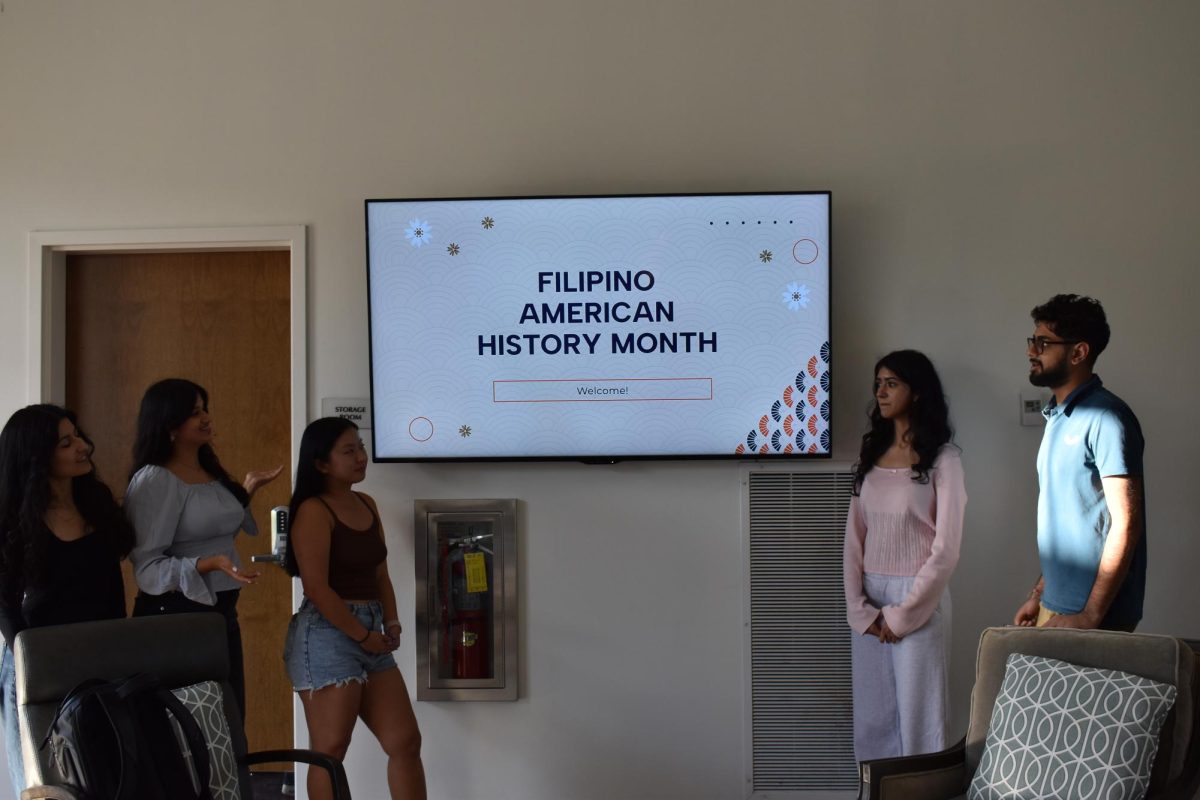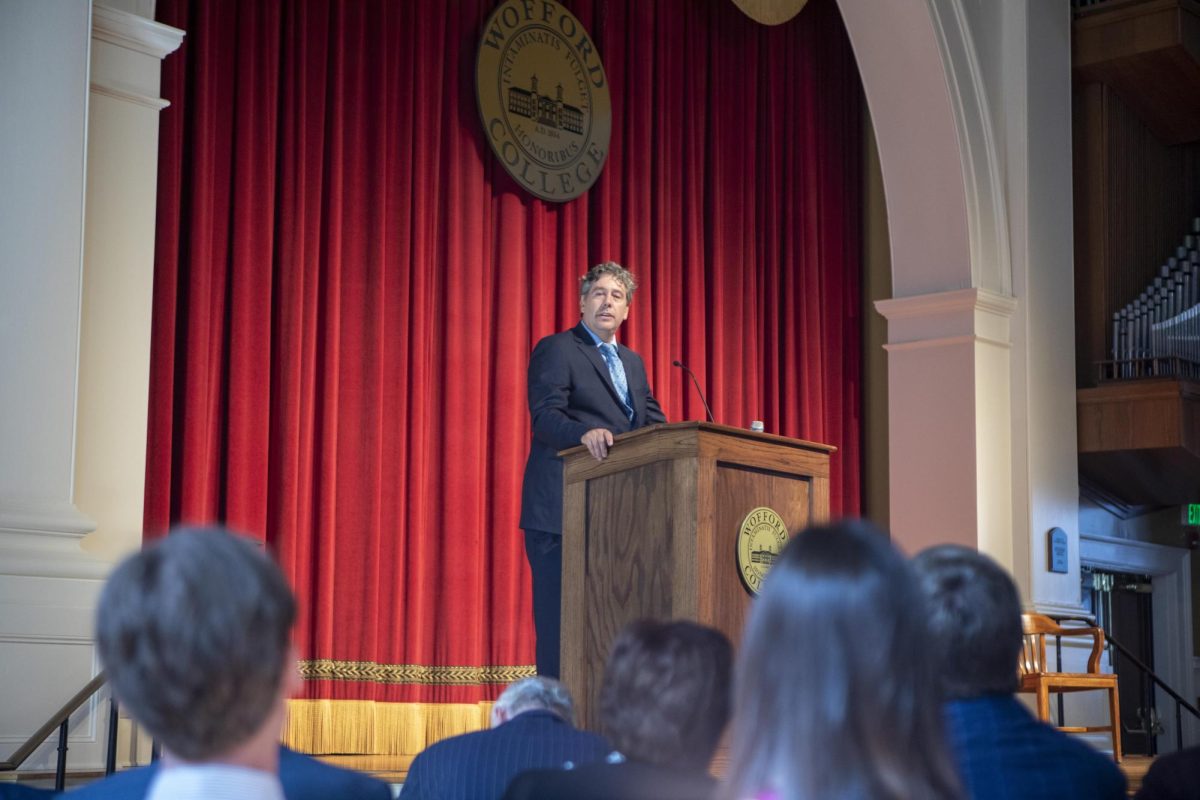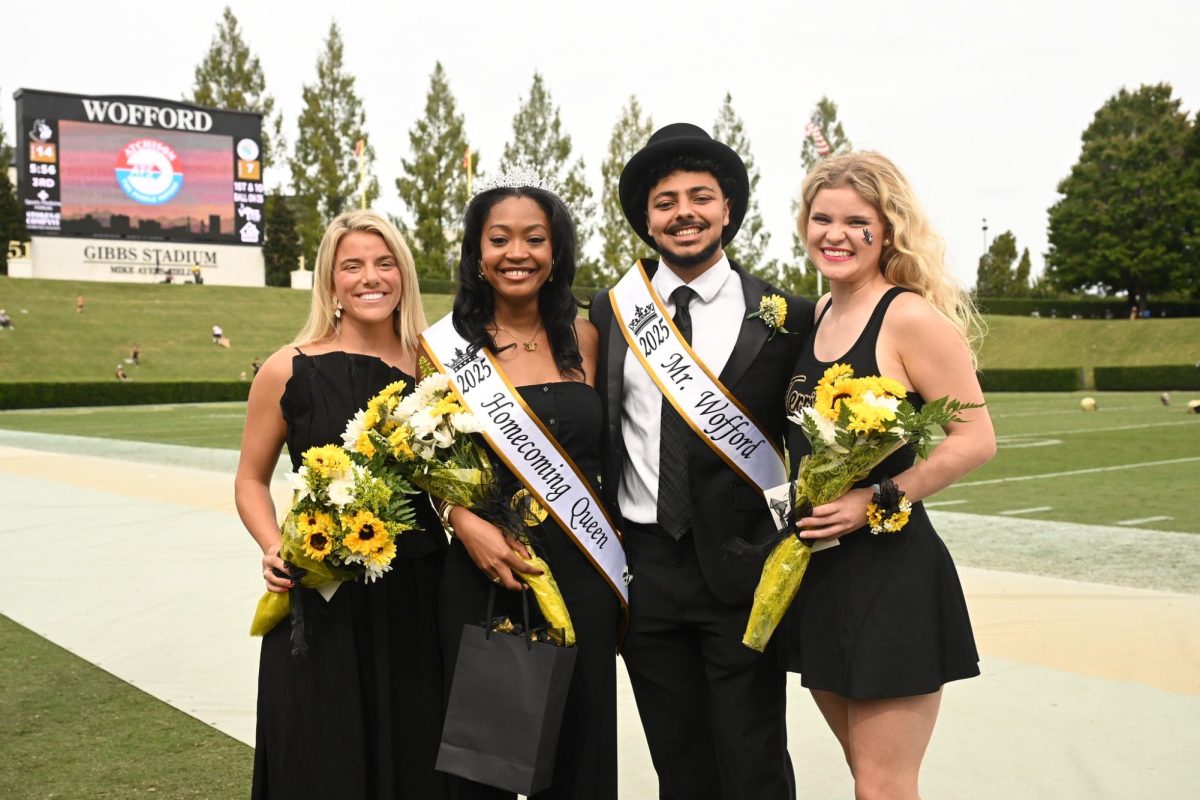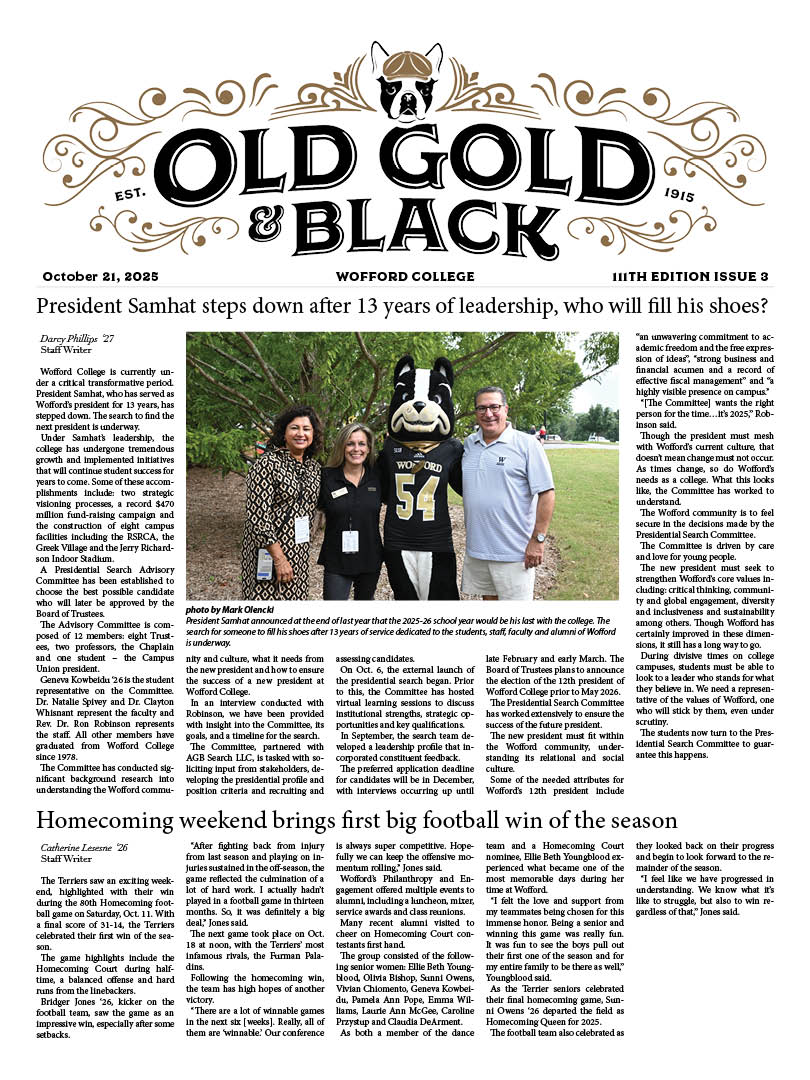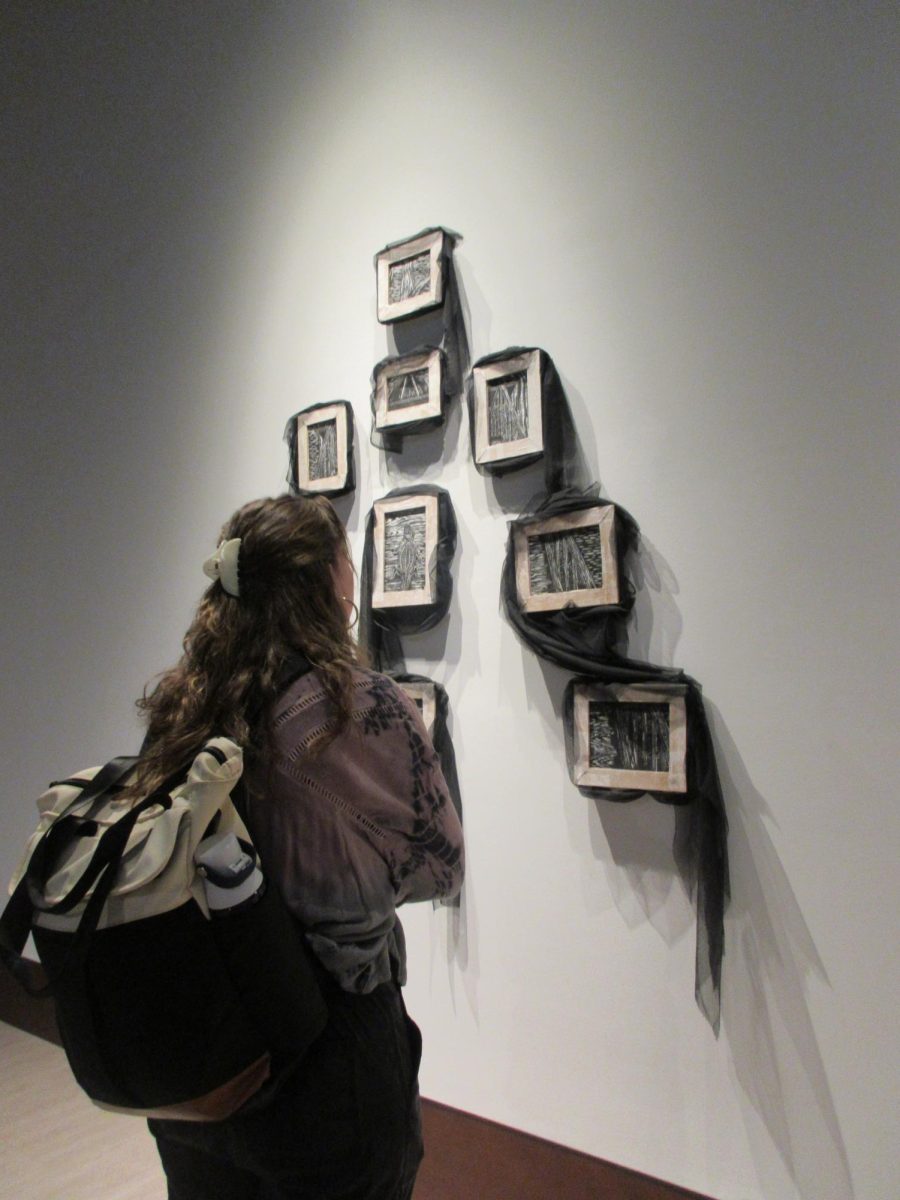By: Savanny Savath, Staff Writer
What does Spartanburg, S.C. have in common with Albany, Schenectady and Troy, N.Y., Gary, I.N. and Los Angeles, C.A.? They all received up to $1 million from Bloomberg Philanthropies this year.
Last year, Bloomberg Philanthropies offered a public art challenge, inviting local government officials, artists and arts organizations to work together in developing temporary public art projects. The art projects had to address local and civic issues which in turn would engage and attract residents. With Albany, Schenectady and Troy involved in a collaborative project, Spartanburg was one of the four chosen cities able to pursue their proposed art project.
Spartanburg’s winning project is called “Seeing Spartanburg in a New Light.” The project’s goal builds on National Night Out, an annual event aimed at promoting crime prevention and police-community partnership.
“A friend of mine suggested lighting art. She said, ‘National Night Out is all about turning on your porch lights, why don’t you look at lights,’” says Jennifer Evins, president and CEO of The Arts Partnership of Greater Spartanburg.
Following her friend’s suggestion, Evins found and recruited internationally renowned light and digital media artist Erwin Redl. Redl is part of a committee that includes three public safety officers, the director of the Spartanburg Art Museum, Elizabeth Goddard, and director and chief curator of the Halsey Institute, Mark Sloan, who will serve as artistic director of the art project.
Along with this committee, Redl will work with the Spartanburg neighborhoods in developing LED light art installations. Only five neighborhoods will be selected for the art installations. At the moment, the committee is looking at 47 sites. The Wofford bridge is one possible site.
“Once [the committee] chooses the five neighborhoods, Erwin will come and meet the residents of that neighborhood, and they will come up with the designs themselves. He is going to talk to them about where the site should be located, to see what they are interested in and what their barriers are. It is truly a public art project in the sense that the public will be involved in designing the ultimate creative outcome, in what gets installed in their neighborhoods,” says Evins.
While the Spartanburg project’s goal is to use light art to brighten different parts of the community and make them safer and more inviting, another goal is to shed a light on what art can do apart from an aesthetic purpose.
“Artists often have the capacity to frame issues and ideas in a novel way, allowing us to see things from a new perspective. We can all use a dose of fresh perspective now and then, right? I think this project is important in helping Spartanburg re-define itself after all of the mill closings—to reposition itself as a cultural hub of the Upstate,” says Sloan.
“I would like to add that art provides a different perspective to matters beyond the purely visual. It gives meaning to how we relate to each other as humans beyond barriers defined by class, gender, ethnicity and education background,” says Redl.
Wofford students are also involved in the project.
“First-year students in the Documentary Filmmaking LLC are working with White Elephant Enterprises, the production company that has been chosen to film ‘Seeing Spartanburg in a New Light’ project. Students will work closely with their professor, [me], and with Tim Farrell and his wife, Robyn Hussa Farrell–award-winning New York City producers and filmmakers–in order to learn the craft of producing, filming and editing a series of documentary shorts,” says Julie Sexeny, associate professor of English.
With various national lighting companies, local police officers, neighborhood committees, college students and The Arts Partnership of Greater Spartanburg working together, “Seeing Spartanburg in a New Light” continues to foster a wide public collaboration for the arts and crime prevention. The art installations with be ready and lit on Aug. 2, 2016, and they will stay up for one year. To keep up with the progress of the public art project and to find ways to become more involved, check the Chapman Cultural Center’s website at www.chapmanculturalcenter.org or follow @SpartanburgCity on Twitter.
